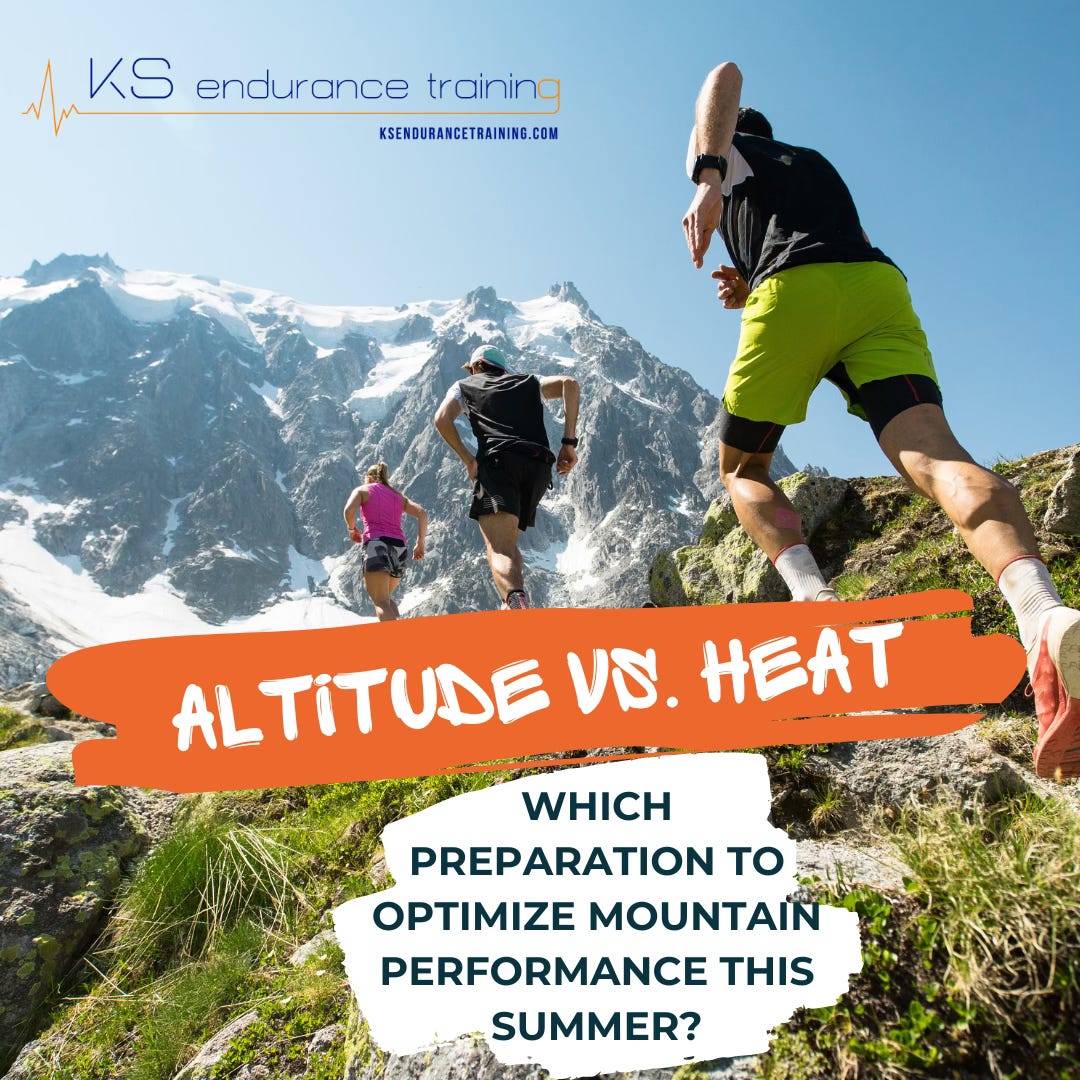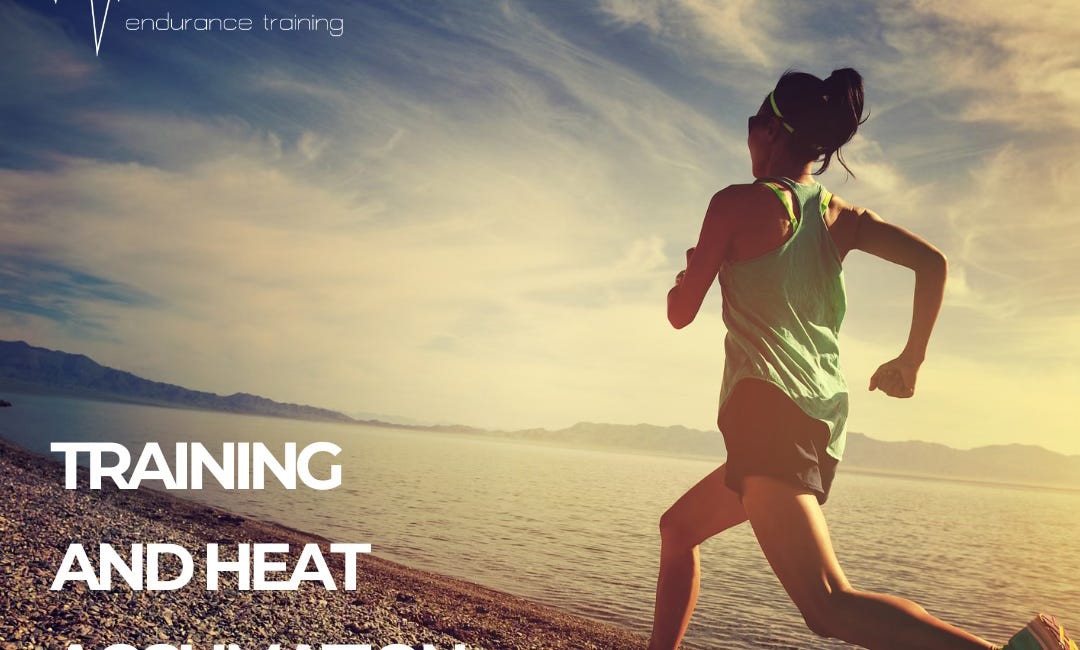Many endurance events this summer will take place in the mountains—for example, the French Mountain Running Championships (start at 1,800 m, summit at 2,400 m), the Alpe d’Huez Triathlon (running leg above 1,800 m), the EmbrunMan featuring the Col de l’Izoard (2,362 m), and the Stage 2025 finish in La Plagne (2,052 m). These races impose two major physiological challenges: hypoxic stress from altitude and potentially high thermal stress under summer heat.
Without prior altitude acclimatization, athletes experience an immediate drop in VO₂ max, primarily due to reduced arterial oxyhemoglobin saturation and thus less oxygen available to working muscles. That VO₂ max decrement directly undermines endurance performance. To excel under these combined stresses, one must pair effective hypoxic acclimation with optimal thermoregulation.
Altitude Acclimation
Traditional altitude acclimation requires at least a three-week stay at around 2,500 m—sufficient to trigger the erythropoietic response (EPO release) and significantly raise hemoglobin mass. As Nybo et al. (2022) advise:
“Practically speaking, residing for three weeks (or more) at ~2,500 m, while completing the bulk of your training at that elevation, satisfies the necessary intensity, duration, and consistency criteria for hypoxic exposure.”
However, not every athlete can commit to an extended altitude camp.
Heat-Stress Training as an Alternative
Thermal-stress training offers a powerful and accessible alternative. Recent studies show that well-designed heat-training protocols elicit many of the same hematological and thermoregulatory adaptations as altitude, while also enhancing heat tolerance. In my previous article, “Heat Training and Acclimation Strategies,” we highlighted several key benefits of heat acclimation:
Increased maximal whole-body sweat rate, improving core-to-skin heat transfer.
Lower resting core temperature, reducing baseline thermal strain.
Earlier onset of sweating, enabling more effective cooling from the outset of exercise.
Training and Heat Acclimation: What Strategies?
·The summer season is approaching, and with it the scorching days that will force you to adjust your training sessions to preserve both performance and safety.
By combining targeted heat-training sessions with a practical altitude acclimation plan—or by using heat protocols when altitude camps aren’t feasible—coaches can prepare athletes to sustain higher power outputs and maintain thermal balance in mountainous summer races.
These thermal adaptations preserve endurance performance even in extreme heat. Moreover, recent studies demonstrate that prolonged heat‐training protocols (~5–6 weeks) also produce a significant increase in total hemoglobin mass. For example, Nybo et al. (2022) reported an average increase of approximately 3 %—about 30 g of hemoglobin—after five weeks of controlled heat stress.
Therefore, incorporating a heat‐training protocol represents an effective and accessible strategy for summer mountain competitions, delivering hematological benefits comparable to those achieved through traditional altitude acclimation.
When and How to Schedule Heat‐Stress Training Before a Mountain Objective
It is important to distinguish between rapid heat acclimation—achieved via a specific ~2-week protocol—and the much slower hematological adaptation induced by heat‐stress training (≥5 weeks).
To prepare effectively for an altitude event, these two adaptation types should be programmed separately:






